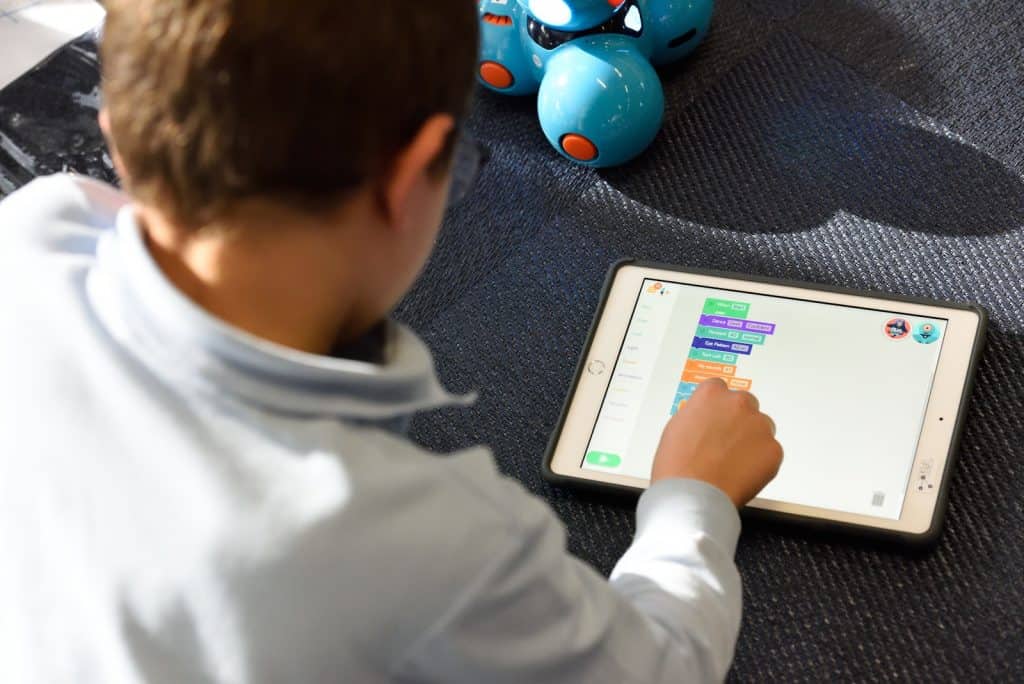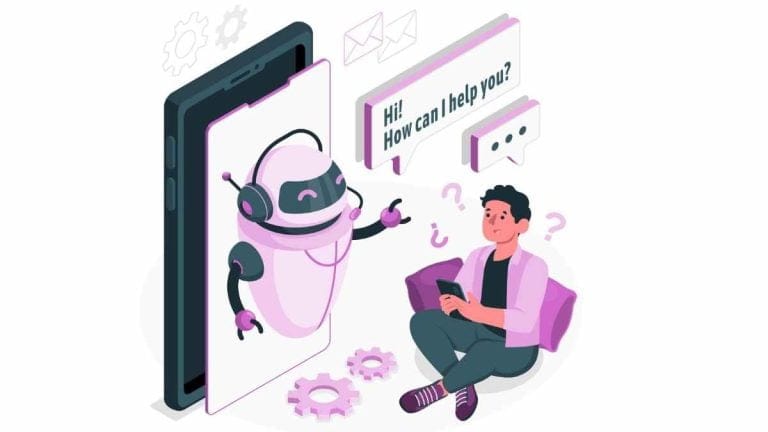Table of Contents
ToggleCovid-19 has affected almost all the sectors and countries in the world. According to WorldBank, the pandemic affected the education system in more than 150 countries and about 1.6 billion students. To counter the situation, many countries and schools shifted towards eLearning for the sake of education.
We saw a rapid growth in online education during the first phase of the pandemic. Still, not all countries were able to successfully implement an eLearning environment to continue their education system.
However, to some extent, many students were able to continue their education instead of having a proper gap.
New technologies were introduced in schools, and advancement was adopted to manage the learning process smoothly. Let’s have a look at the technological transformation in the education sector during covid-19.
How Technology Transformed Education Sector During Covid-19
The education sector has always welcomed modern technology to its systems. It has helped the education system evolve, innovate and improve the process. However, the covid-19 pandemic has accelerated the race of technological transformation.
Now, emerging technology and advanced tools are the primary necessity of every school, teacher, and student due to eLearning and virtual tutoring systems. Following are some digital educational transformations that have taken place in recent times.
1. New Software & Online Platforms
To collaborate with the students and build suitable communication, many online platforms have been introduced where teachers can conduct online sessions and interact with their students to convey their lessons.
These platforms help schools and colleges to upgrade their educational model or search by image and shift it to face-to-face learning once again. It provides students and teachers with an opportunity to reconnect and continue their studies.
The platforms are designed in order to keep in consideration the engagement of students and are suitable for all age groups. Teachers can present assessments and lesson plans easily and can conduct classes in an interactive session.
According to a survey conducted by Statista, Google Classrooms were the most used online platform during the pandemic time. Alongside other platforms like, Zoom, Meet, Moodle, etc. were utilized frequently.
2. Artificial Intelligence
Being one of the most discussed topics in the educational sector, Artificial Intelligence is helping education in numerous ways.
AI is used widely in personalized learning, where it can help a student find a suitable course based on their interest, habits, identity, and way of learning.
The below image describes the learning plan of a student then and now.
AI is widely replacing the old-style study system to integrate a more student-centric and personalized approach. With the help of AI, tutors are able to monitor and analyze the performance of learners along with their strengths and weaknesses, and it can give real-time suggestions and rank students based on their performance.
Moreover, it assists tutors and students by recognizing text and voice. For instance, AI chatbots can teach students and guide them through a lesson. Furthermore, AI is used during assessments. It uses facial recognition to monitor students’ movement and behavior during tests and exams to ensure that exams are being conducted neatly.
In addition, artificial intelligence is also helping students and teachers in identifying whether the assignments and papers are unique or copied. The AI-powered online plagiarism checker allows them to identify the chunks of duplication existing in any kind of text. Students should rely on it to find and eliminate plagiarized phrases. In contrast, teachers can utilize it to check the honesty of students and grade their work accordingly.
3. VR & AR
Augmented and virtual realities are the new norms of education and one of the best technologies available that every teacher should be aware of. These advanced technologies provide a real-time experience for the students to interact with their tutors to understand complicated topics.
Teachers can offer engaging and better visualization of specific topics. This can make learning fun and much easier as compared to traditional methods of studying. Most importantly, it is the best option when students are learning remotely from their homes without access to regular resources.
4. Mobile Learning
Just like web and desktop technologies, mobile phones are also very important for students. It allows students to download various learning applications and tools that can be accessed anywhere anytime.
Schools and colleges have worked and are still working on providing students with learning applications so that they can access study material from any location and in any circumstances.
A lot of students find it difficult while submitting assignments through the web and fail to cope with timely submissions due to a lack of technological reach. In such conditions, mobile phones come to the rescue as applications now can be accessed anywhere. It makes PDFs, videos, courses, recordings, texts accessible in all situations. Furthermore, it makes assessment and assignment submissions easy for students.
5. Video Conferencing
Video conferencing is integrated into schools and universities that have offered students various benefits. Students are able to continue their studies and can avail themselves of the opportunity to attend the classes, webinars, and lectures remotely. Furthermore, it is used for on-boarding and assessing students.
6. Gamification
To keep students engaged and make the lessons interactive, teachers have previously used different activities in classrooms. However, it was not possible to perform such activities with online learning, for instance, physical group presentation, etc.
So, introducing games is the alternative for interactive activities. IT and digital transformation in the education sector have helped tutors in creating fun-filled lessons and engaging games to make the lecture interactive.
7. Data analytics
According to the research conducted by Crowd Writer,
“When there is an online system, it requires data analysis and proper data collection in order to suggest improvements in the current system.”
Similarly, educational systems rely on collecting and processing data. For this purpose, data analytics and big data technologies are used. It can help in providing a personalized teaching approach along with generating more insights for student learning. It fosters student-teacher interaction towards betterment.
8. Automation With LMS and SMS
Learning Management System and School Management System are used by learners and school administration.
Source: Easy Generator
An LMS is a software with which students can opt for elearning courses as per their convenience and course availability. Using an LMS, customized courses can be assigned to students, and it helps in managing courses and training programs efficiently. LMS provides students with an opportunity to connect to their teachers via Live Chat and get their doubts clear.
Similarly, SMS helps the administration to deal with academic and administrative activities with a click. These types of systems are growing rapidly across all educational institutes.
It benefits institutes by saving money time and avoiding hectic paperwork. Software like EduXpert, Fedena, etc., are the best examples.
With the help of Automation, attendance, parental notification, and various other tasks can be done easily in AI-based LMS.
9. Cloud Computing
Educational institutes widely use cloud computing to keep their data and optimize it for speed, accessibility, and mobility. Students can access it through any device without any hassle.
While Summing Up…
Although the technological transformation in the education sector has brought tremendous opportunities and exciting experiences, there are some challenges associated with it. Connection issues, network speed and new interfaces are among them. But, if managed properly, technology can bring revolution in educational institutions.
According to the survey conducted by Journals, LWW, eLearning, and visual marketing is highly effective in increasing knowledge and improving social skills. The survey results say that eLearning should not be limited to delivering content only, and it must be utilized for enhanced educational infrastructure by taking feedback from the students. It could require a well-thought strategy to implement technology for eLearning, but it can bring in outstanding results.
I hope that this article is informative for you and has provided you with some good knowledge on the transformation of technology in the education sector during the covid-19 pandemic.





